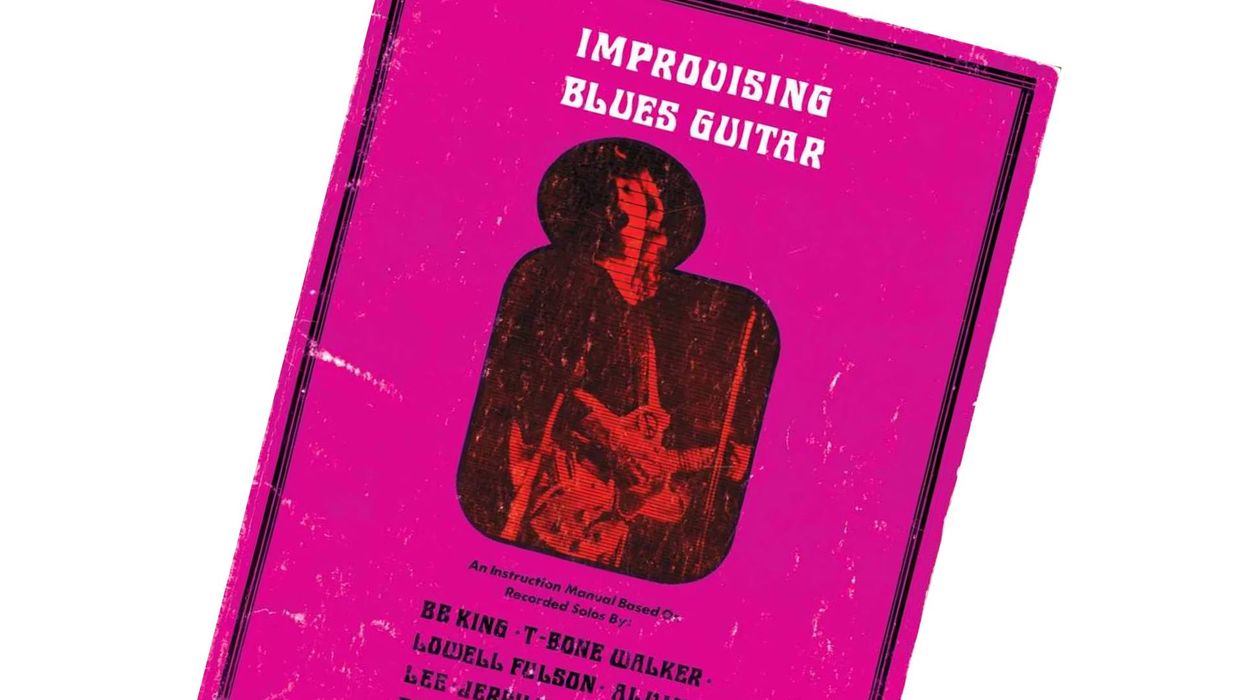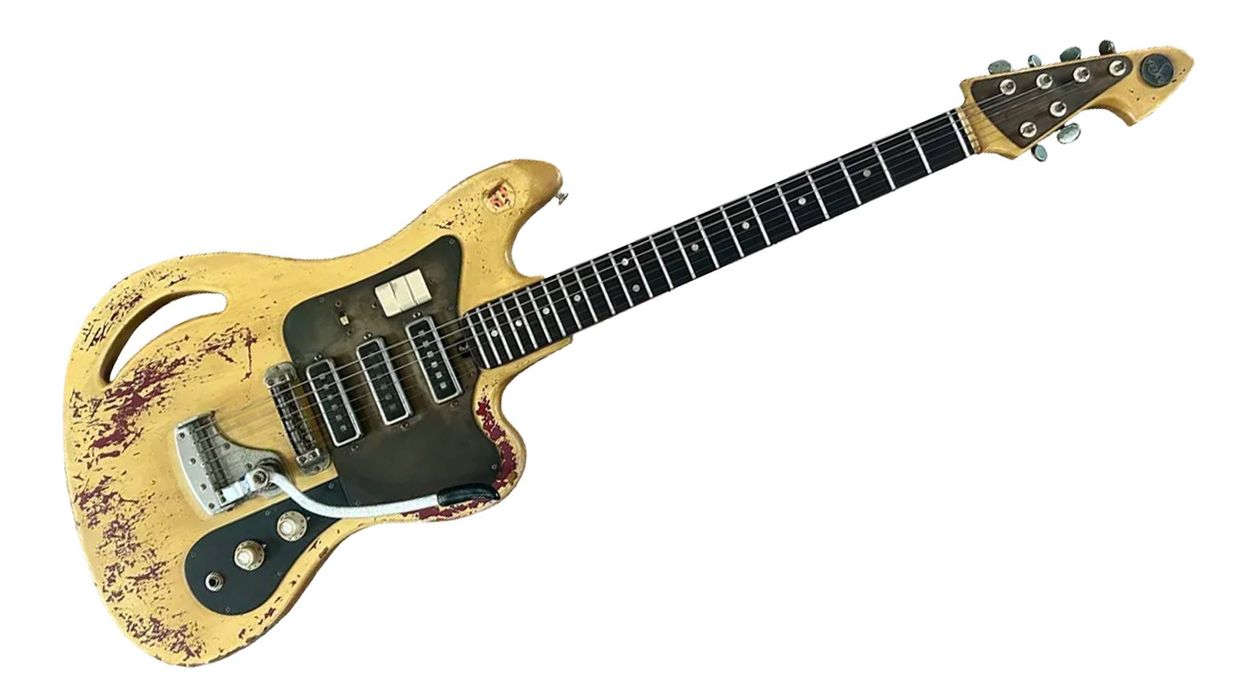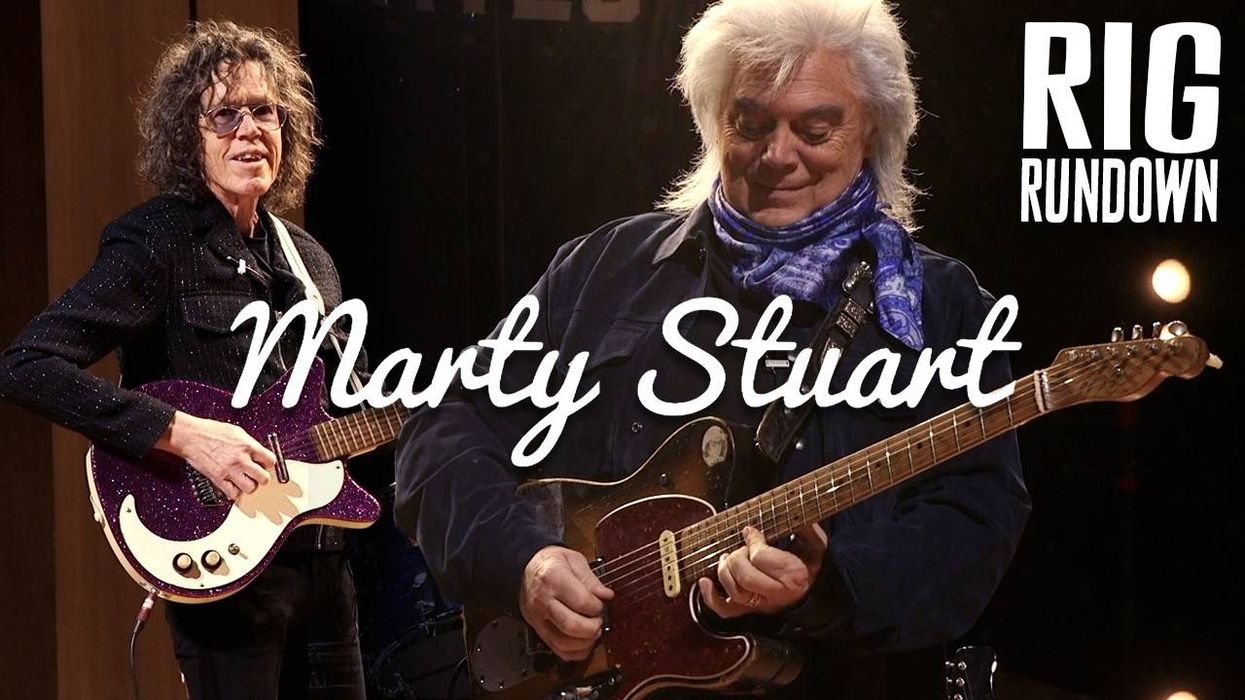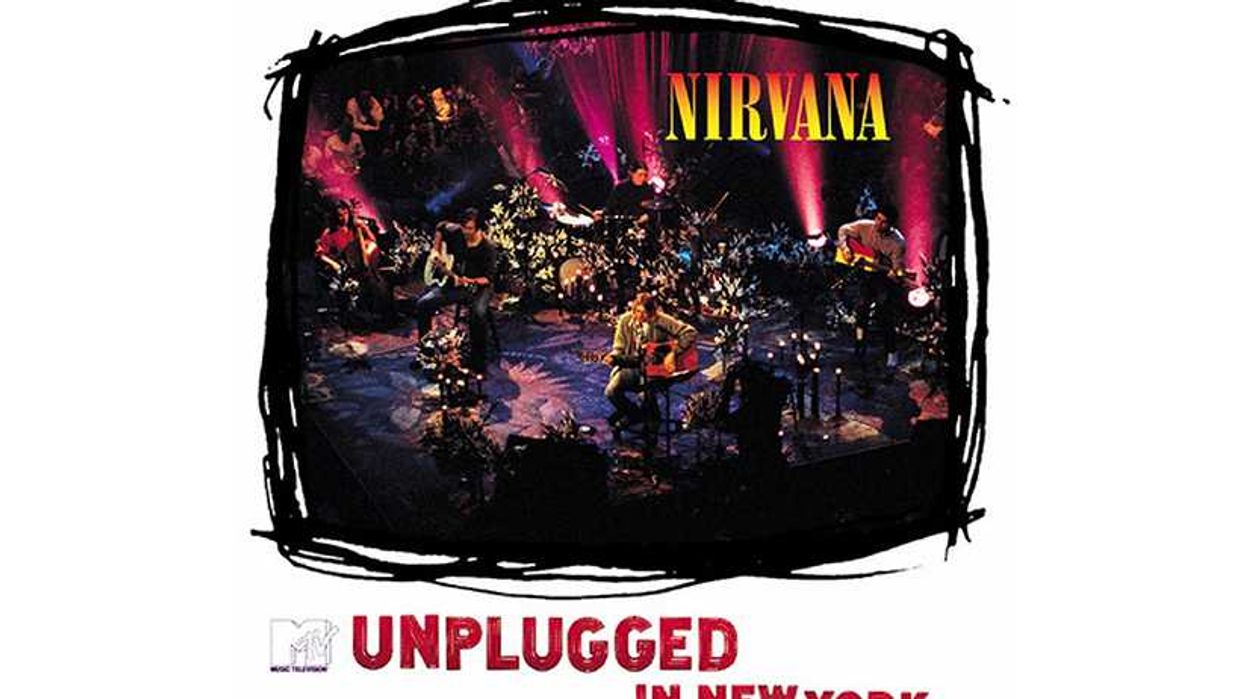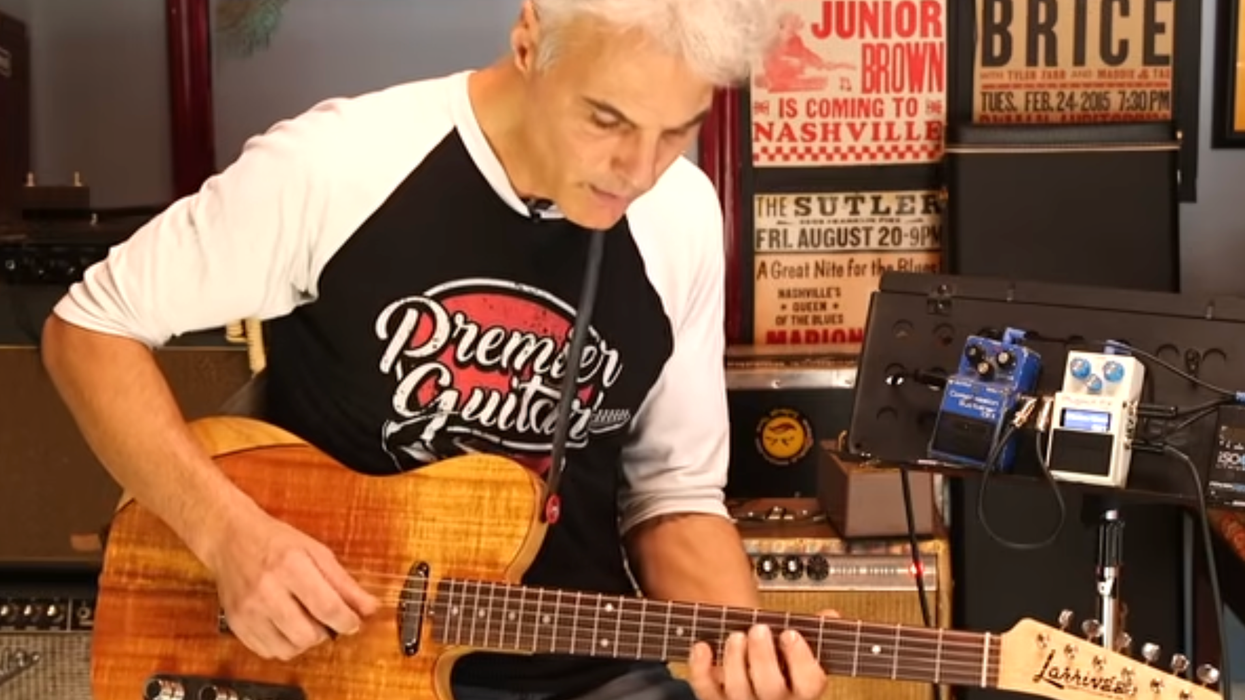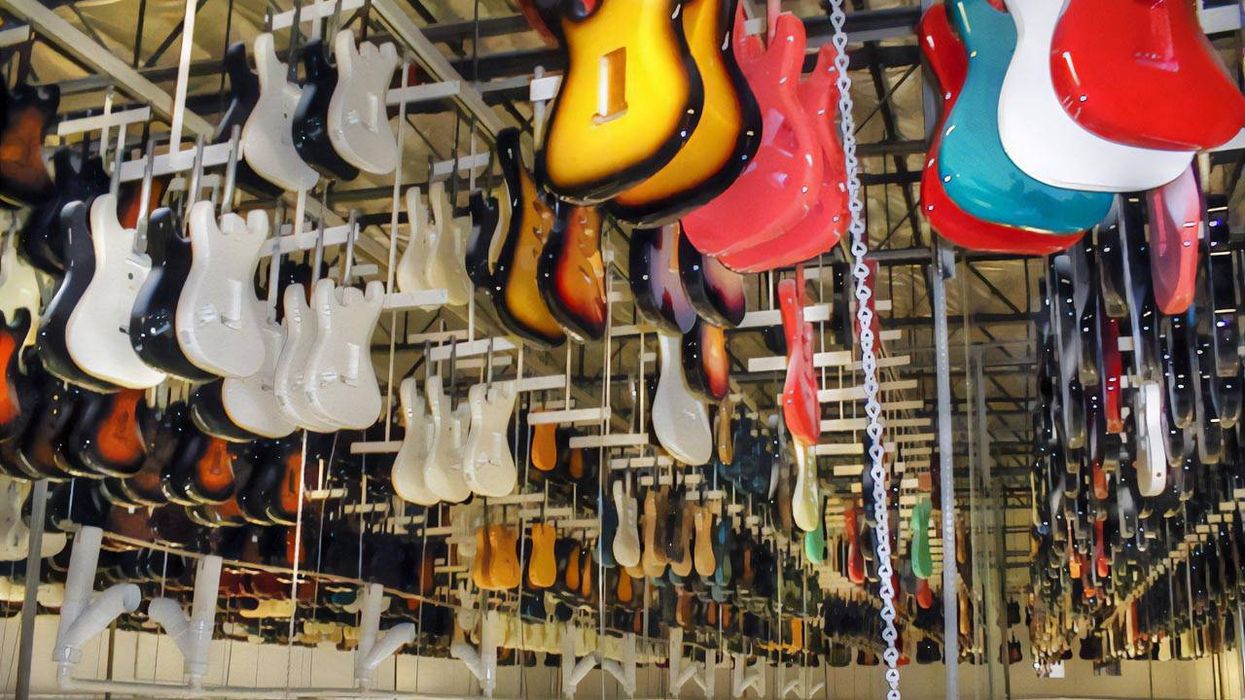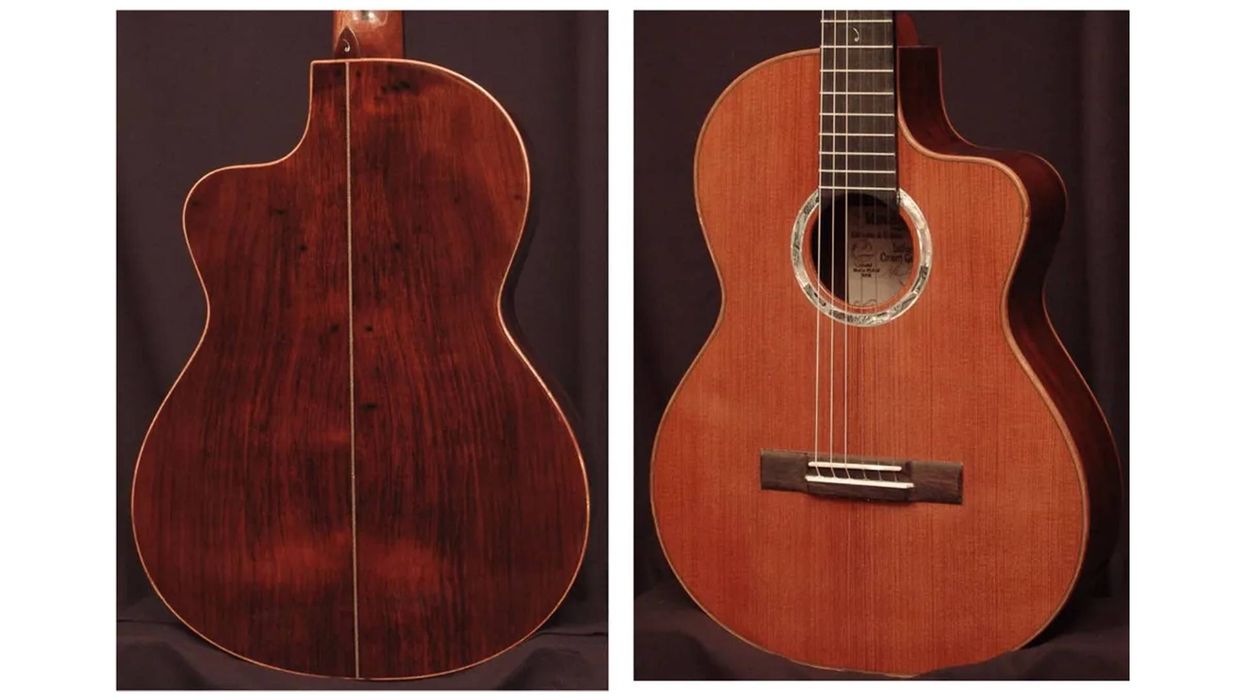Back in October of 1971, I bought my first guitar. It was the day after I had attended a concert by Captain Beefheart and the Magic Band. Elliot Ingber (aka Winged Eel Fingerling) had improvised a life-changing (for me) guitar solo at that show, which sent me to a guitar store to purchase a black Fender Telecaster. While there, I saw a book on the counter next to the cash register: Improvising Blues Guitar, by the staff of Green Note Publications. It contained tab transcriptions of electric solos by many of my favorite guitarists at the time: B.B. King, Jerry Garcia, Jimi Hendrix, Albert King, etc. I took the book and guitar back to my college dorm room.
The first thing I did was put a slide on my left hand and play along, making uneducated and non-technical sounds, with several albums that were favorites of mine. Those albums were from artists including the Grateful Dead, Captain Beefheart, Derek Bailey, and Sonny Sharrock, as well as a 1964 album of valiha music from Madagascar. Over the decades that followed, I came to meet and play and record with all of the artists that I played
along with that day. When David Lindley and I traveled to Madagascar in 1991 to record our A World Out of Time albums, we recorded with Sylvestre Randafison, my favorite of the valiha players on that 1964 album. How could this possibly have happened? I believe that I have guitar tablature to thank!
Like many self-taught guitarists today, tab was my primary mode of instruction for learning how to get around the fretboard. Tab was the way that I mastered the guitar solos of my guitar heroes—and, more importantly, their musical concepts and ways of expressing their ideas and feelings. In 2025, I’ve thought back about this, wondering how long tab has been in existence, and how it became a dominant feature of guitar instruction.
After a bit of online research, I decided to speak with many of the musical educators and artists who, 50–60 years ago, were involved with the published beginnings of tab in the U.S. Long before that, though, tablature likely originated with the Chinese guqin more than 1,500 years ago. Written guqin music did not directly tell what notes were played. Instead, it was written in a
tablature detailing tuning, finger positions, and picking techniques, comprising a step-by-step method and description of how to play a piece—just like the Improvising Blues Guitar book I purchased with my first guitar. Although that book did have conventional Western music notation printed above the tab.
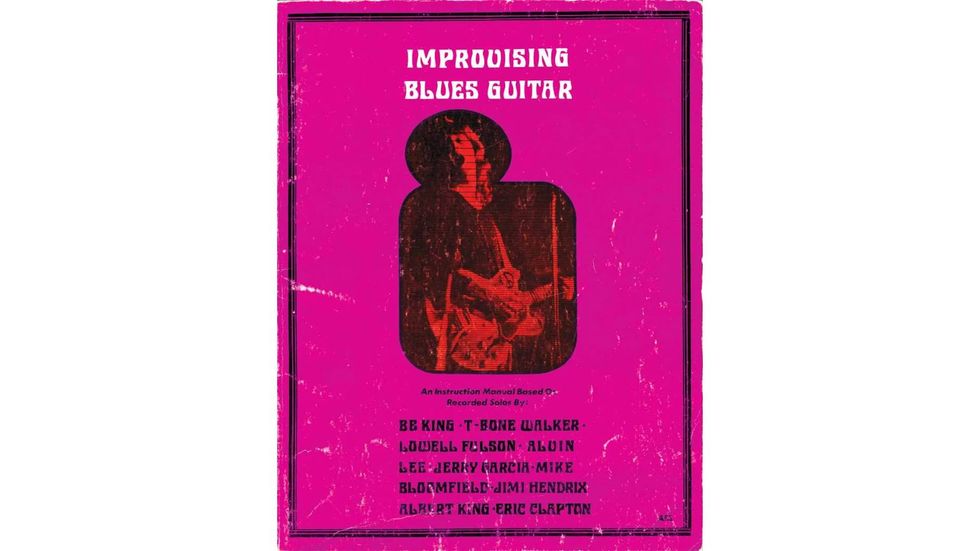
“Like many self-taught guitarists today, tab was my primary mode of instruction for learning my way around the fretboard.”
As far back as the 15th century, Europeans had created lute tablature that closely resembled modern guitar tab. Yet it wasn’t until the 20th century that the system made its way to the guitar. The first appearance of published tab in America was in Pete Seeger’s 1948 book, How to Play the 5-String Banjo, in which he seemed to reinvent tab methodology. Tab then jumped to guitar in Pete Seeger’s The Folksinger’s Guitar Guide, in 1955. These books inspired guitar teachers to begin creating their own tab. The earliest example I’ve found on the West Coast is Jerry Garcia, who in 1964 was teaching at Dana Morgan Music in Palo Alto and drawing on the Seeger banjo book for his tab approach. On the East Coast, around the same time, Stefan Grossman was creating his own tab transcriptions of country blues 78s and tunes that he personally learned from Reverend Gary Davis. Stefan’s early books from Oak Publications are likely the first post-Seeger published guitar tab.
The first electric guitar tab likely showed up in a few Green Note Publications books, like that 1970 one I bought with my first guitar. Rather than notating simple melodies, they decoded the
intricacies of famous blues and rock players’ techniques. Tab eventually began to illustrate ornamentation and string-bending. Soon, it was appearing in guitar magazines and hundreds of books. Instructional audio and video tapes quickly followed. And thus, tab became an expected necessity of guitar education in America.
Tab has had its celebrators and its enemies. I’ll note that Stefan Grossman originally did not want Oak Publications to print misleading western music notation with his tab, as he felt that the rhythmically divisional form of notation could not represent the actual rhythms of Afro-American country blues artists. To Grossman, you had to hear the music along with the tab to understand that. As for me, I finally felt that I was a real guitarist when Steve Vai transcribed my solo on the Golden Palaminos’ Omaha in DownBeat magazine. Thank you, tab!


